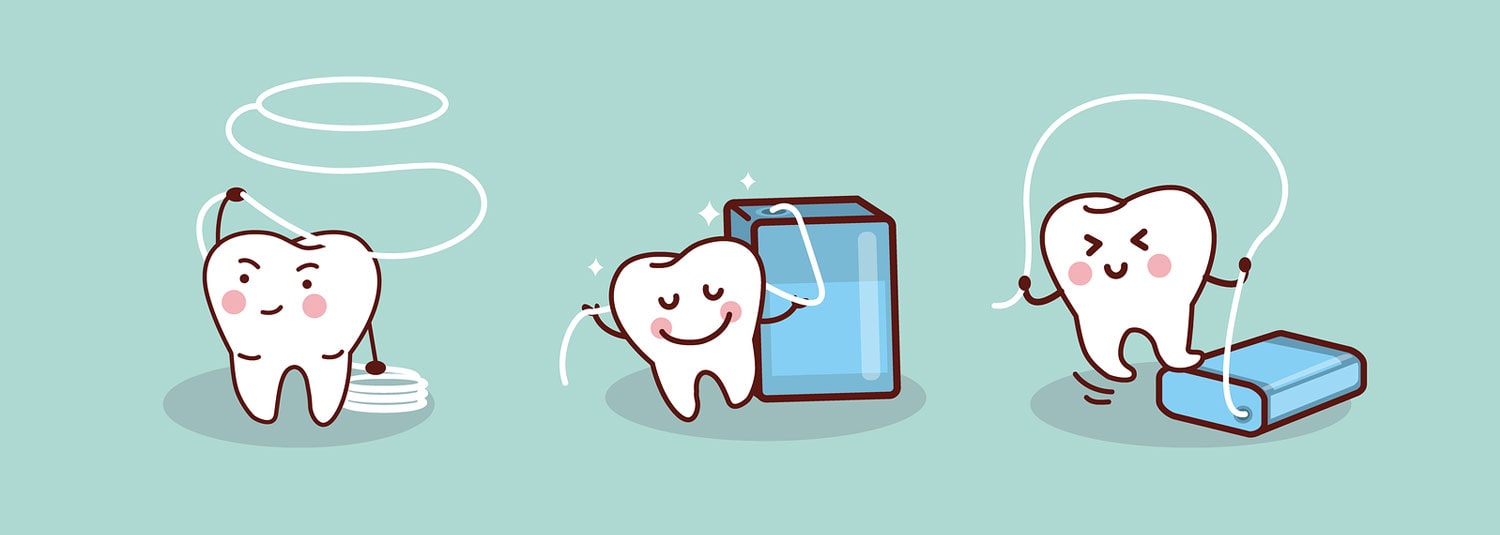Dispelling Six Common Dental Myths

Many people have a degree of fear and anxiety associated with going to the dentist. For some people, this fear is severe enough that it keeps them away from the dentist for years at a time; these people suffer from dental phobia. While there are a variety of reasons that people fear going to the dentist, these fears are often perpetuated by persistent myths regarding dental care. Dispelling these myths, then, is key to helping people feel more comfortable visiting the dentist. Let’s consider some common dental myths and the truth behind the misconceptions:
If your teeth are white, they are healthy. You only need to have your television on for a few minutes before you see a commercial advertising a tooth whitening system. The message is clear: white teeth are beautiful and desirable. But does that mean they’re healthy? Possibly, but not necessarily. Teeth can be white while also having cavities or infections between them. Additionally, our teeth naturally become a bit discolored as we age; this doesn’t mean that they’re unhealthy.
Kids get more cavities than adults. Many adults think that they’re in the clear when it comes to tooth decay. After all, they reason, cavities are only a concern for kids. Unfortunately, that’s simply not the case. Senior citizens in particular are at a greater risk of developing cavities, in large part due to medications that reduce saliva and dry out the mouth. Additionally, the rate of cavities in children has decreased significantly over the last couple of decades, thanks to the addition of fluoride in many public water systems. The bottom line: your age– whether you’re school-aged or elderly– doesn’t exempt you from the risk of developing cavities.
Flossing is not as important as brushing. If you brush your teeth when you wake up in the morning and before you go to bed at night, you’re in the clear. Right? Not exactly. Cavities are actually more likely to develop between the teeth in spots that are difficult to reach with a toothbrush. Thus, flossing isn’t just an extra step to add into your oral hygiene routine when you have time; it needs to be an essential part of your everyday oral care.
Sugar is the only thing that causes cavities. It’s widely known that sugar isn’t a tooth’s best friend, but is it the only cause of decay? As it turns out, the actual cause of tooth decay is acid that’s produced by bacteria in the mouth. So why does sugar get such a bad rap? Sugar– and any other carbs you eat– provide fuel for the acid-producing bacteria in your mouth. This doesn’t mean that you have to avoid sugar entirely, of course; just make sure you brush your teeth after indulging in your favorite carbs!
Cavities are always painful. Many people don’t visit the dentist regularly, reasoning that if their teeth don’t hurt, they couldn’t possibly have any cavities. Unfortunately, that’s simply not the case. Cavities can be painful, of course, but that’s typically after they’ve grown larger. Visiting the dentist regularly– every 6 months– allows your dentist to catch and treat cavities before they have a chance to become painful.
If your teeth are sensitive, you have a cavity. Millions of people experience tooth sensitivity at some point in their lives. Many rush to the dentist, assuming that they have a cavity. While tooth decay can cause sensitivity, there are many other reasons why your teeth might be extra sensitive to hot or cold. Some common reasons for tooth sensitivity include: teeth grinding or clenching, gum recession, and worn enamel due to aggressive brushing. Only your dentist can determine the reason for your tooth sensitivity.
For more information regarding the truth behind common dental myths, contact us today.
Return to Blog